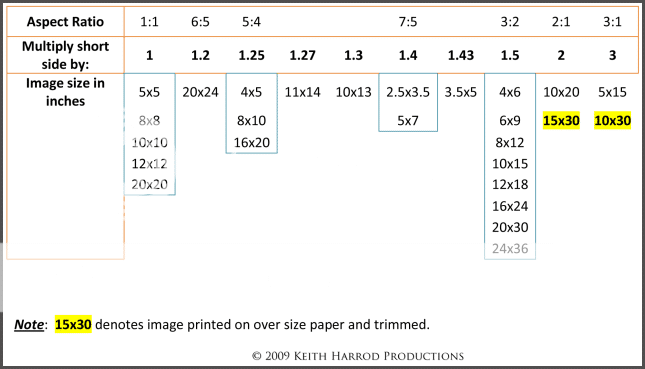benny1414
TPF Noob!
- Joined
- Mar 12, 2013
- Messages
- 1
- Reaction score
- 0
- Can others edit my Photos
- Photos OK to edit
Hello! I come primarily from the video world, but have recently starting taking stills as well and I have some confusion about resolution.
I took a photo for a client who wants to print a poster and I want to know how to save it. The photo was taken with a Canon 7d. After cropping in Photoshop, the image size is 2683x2402 with a resolution of 72 pix/in. I want to save it with the best possible print resolution for blowing up to a large size. My questions are as follows:
I think that changing the resolution to 300 and re-sampling the image will increase the dimensions, but how well does Photoshop interpolate the new pixels? Will it look better or worse?
If I simply change the resolution to 300 and uncheck 're-sample image', does this actually do anything? If so, will it be better?
Is a .tiff the best quality format to use for high resolution printing?
I understand that trial and error is the best way to get the answers, but as it is a client shelling out the money for the large print, I want to get it as good as possible the first time.
Also, according to the following site, the biggest acceptable print dimensions for good quality at my resolution is 26" x 24". I can't imagine that this is correct. I realize I did some cropping, but the 7d has a fairly high pixel count and I know that people print larger posters than that, so what cameras are they using? Or film the only way to print large?
How big can I print my digital picture?
I would appreciate any insight on this! Thanks!
I took a photo for a client who wants to print a poster and I want to know how to save it. The photo was taken with a Canon 7d. After cropping in Photoshop, the image size is 2683x2402 with a resolution of 72 pix/in. I want to save it with the best possible print resolution for blowing up to a large size. My questions are as follows:
I think that changing the resolution to 300 and re-sampling the image will increase the dimensions, but how well does Photoshop interpolate the new pixels? Will it look better or worse?
If I simply change the resolution to 300 and uncheck 're-sample image', does this actually do anything? If so, will it be better?
Is a .tiff the best quality format to use for high resolution printing?
I understand that trial and error is the best way to get the answers, but as it is a client shelling out the money for the large print, I want to get it as good as possible the first time.
Also, according to the following site, the biggest acceptable print dimensions for good quality at my resolution is 26" x 24". I can't imagine that this is correct. I realize I did some cropping, but the 7d has a fairly high pixel count and I know that people print larger posters than that, so what cameras are they using? Or film the only way to print large?
How big can I print my digital picture?
I would appreciate any insight on this! Thanks!


![[No title]](/data/xfmg/thumbnail/37/37627-c3d3ca879cdfbdb9e35acdcc7fcd4b3e.jpg?1734170751)

![[No title]](/data/xfmg/thumbnail/35/35876-de9861d35b5abad8ad1cf7c32772c9fb.jpg?1734167615)








